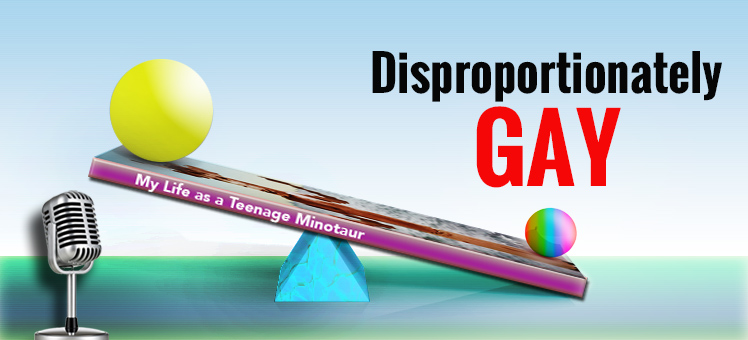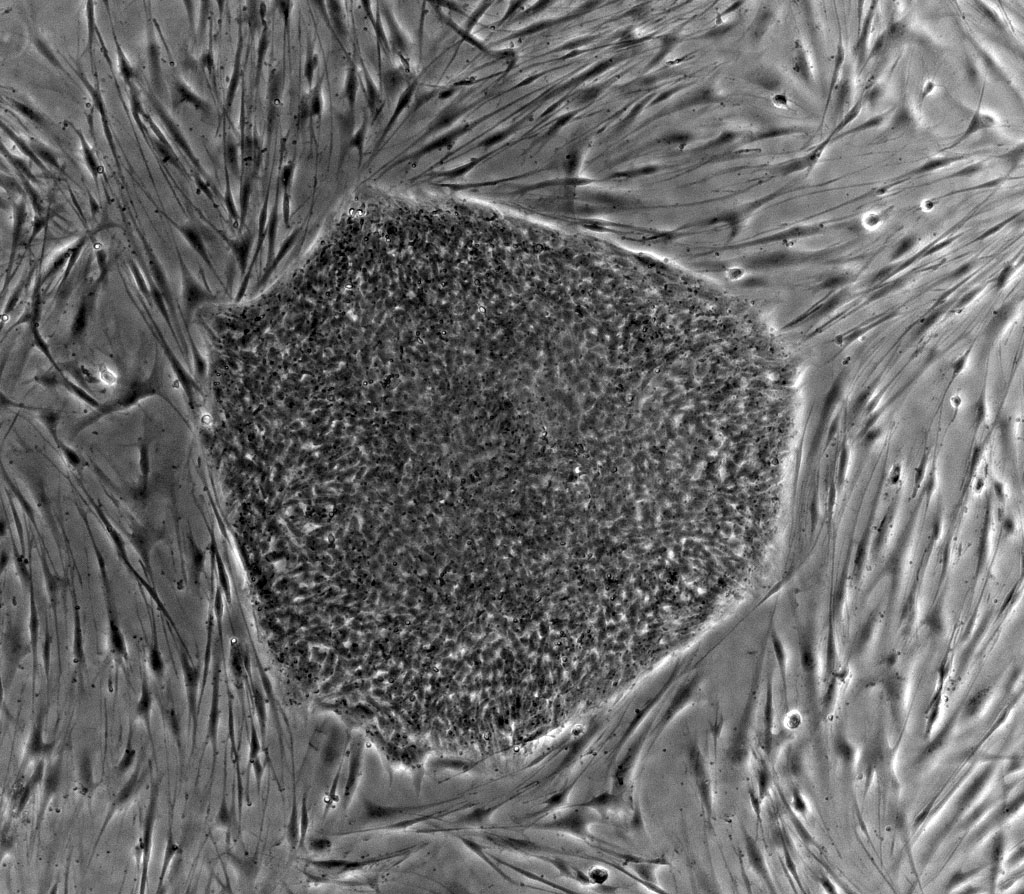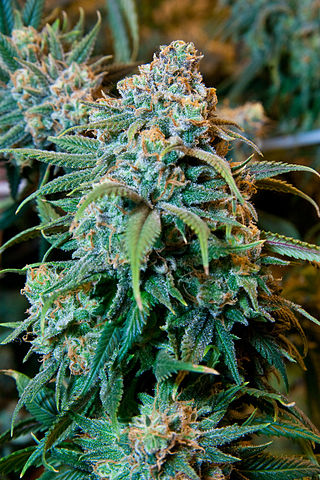Young Adult Literature “Disproportionately Gay”
 Eric Metaxas has written a commentary at BreakPoint.org discussing a growing trend in literature geared toward children and young adults.
Eric Metaxas has written a commentary at BreakPoint.org discussing a growing trend in literature geared toward children and young adults.
Metaxas writes that the literature is disproportionately portraying homosexual relationships, saying,
“If you know the statistics on rates of homosexuality in the real world, you know that it’s somewhere around 3 percent, maybe less. Not so in the world of Young Adult fiction; there, it’s far more pervasive.
“Book reviewers on the Youth Reads page at our website BreakPoint.org, are noticing that the subject is coming up in more and more contemporary teen novels. It doesn’t matter if they’re romances or fantasy novels or any other genre—the theme runs through all kinds of books for this age group. Acclaimed author Rainbow Rowell is just one prominent recent example. She wrote a bestselling young adult book about a college girl who writes stories about a gay couple—and then Rowell wrote her own young adult book about the gay couple in her character’s stories!
“Given the state of the culture, all this isn’t surprising, but it’s worth a closer look. There are two main factors at work here. Authors who work to normalize homosexuality are trying to promote what they see as compassion, understanding, and acceptance. I believe they’re also trying to break down sexual boundaries of all kinds, to push what they see as ‘freedom’ as far as they possibly can.
“The result is far from healthy or edifying for young readers.”
You can listen to Metaxas’ full commentary below or click here to read it.
[audio:http://www.breakpoint.org/images/content/breakpoint/audio/2015/100215_BP.mp3|titles=Disproportionately Gay]


